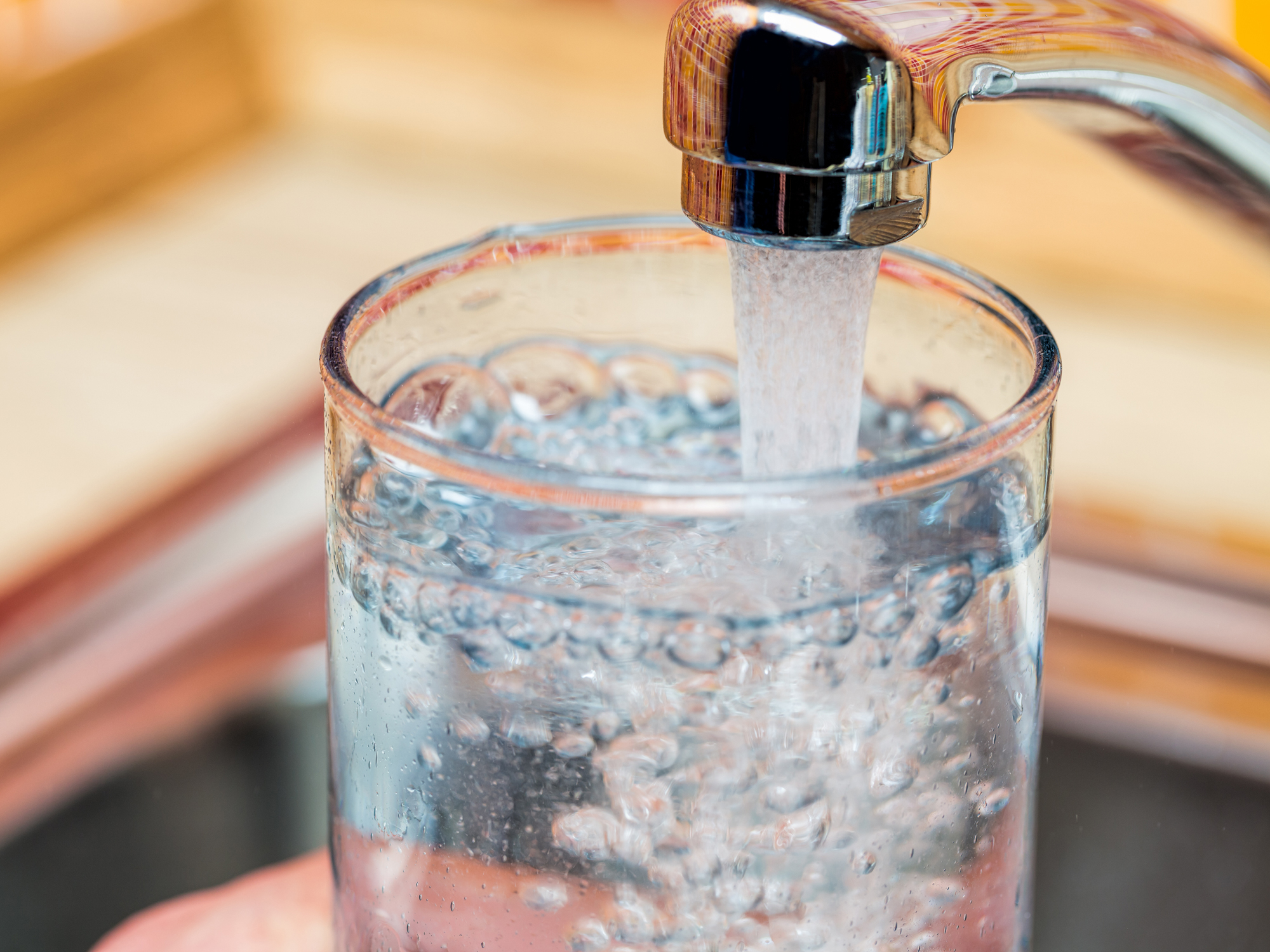Get Easy Health Digest™ in your inbox and don’t miss a thing when you subscribe today. Plus, get the free bonus report, Mother Nature’s Tips, Tricks and Remedies for Cholesterol, Blood Pressure & Blood Sugar as my way of saying welcome to the community!
The water contaminant that causes cancer

Water is the foundation of all life. The human body, for example, is made up of anywhere between 50 and 80 percent water. So it’s no surprise that your body really needs fresh, clean water to survive and thrive.
That’s why supermarket shelves are stocked full of bottled water in all different shapes and sizes. And then there’s the tap, which leaves you pondering the question: To filter or not to filter?
Considering that you’re exposing your body to a wide range of contaminants ranging from to mildly annoying to extremely carcinogenic, you should give it some serious thought…
A 2009 study published by the nonprofit environmental research organization The Environmental Working Group found that tap water contains 316 contaminants, including industrial solvents, weed killers, refrigerants and a chemical used to make rocket fuel known as perchlorate.
None of these are exactly good for your health, but there’s one contaminant in your water that’s stolen the spotlight recently due to its connection to cancer. This harmful contaminant screws with your cells’ ability to function and leads to diseases like diabetes, heart disease and cancer.
The contaminant is arsenic, and researchers found that people drinking water from older private wells are most at risk.
Over the past 50 years or so, researchers have noticed that people in Maine, New Hampshire and Vermont are about 20 percent more likely to get bladder cancer. This seemed puzzling at first until they realized that these states all had something in common: a lot of private wells created during the first half of the twentieth century.
Now these old wells only contain low to moderate levels of arsenic, but apparently low to moderate arsenic exposure is still enough to boost cancer risk significantly.
“Arsenic is an established cause of bladder cancer, largely based on observations from earlier studies in highly exposed populations. However, emerging evidence suggests that low to moderate levels of exposure may also increase risk,” said Debra Silverman, Sc.D., chief of the Occupational and Environmental Epidemiology Branch at the National Cancer Institute and senior author on the study.
But if you’re sitting back feeling safe because you’re on city water, you should know that you and your water are not in the clear. I’m sure you’ve heard about the recent water contamination disaster in Flint, Michigan where thousands of children were exposed to unsafe levels of lead through Flint’s city water.
And poor water quality isn’t limited to Flint or a few states in the Northeast. City water all over the country contains (at the very least) low levels arsenic… not to mention the industrial solvents, weed killers, refrigerants and other chemicals found in the tap water of 45 states by the Environmental Working Group.
In light of all this information, it may be high time to get a water filter if you don’t have one already. Carbon filters are an inexpensive way to reduce the arsenic levels in your tap water, but reverse osmosis, anionic exchange and iron oxide filters are better at removing arsenic. So if you’re drinking private well water, you might want to spring for the more effective options just to be safe.
Of course, there is no way to avoid arsenic exposure altogether… it’s found naturally in many foods after all. And, thanks to pesticides, it’s found at unnaturally high-levels in some foods as well (like rice). But you can counteract arsenic exposure.
Research shows that consuming more B12 helps your body excrete arsenic. Additionally Dr. Michael Cutler, author of Surviving Cancer, says there are 10 cancer-fighting nutrients you can supplement with if you have any doubts about your diet keeping you cancer free, including resveratrol and omega-3 fatty acids. To learn more click here — and get your copy of his ultimate cancer guide, plus three free reports.












